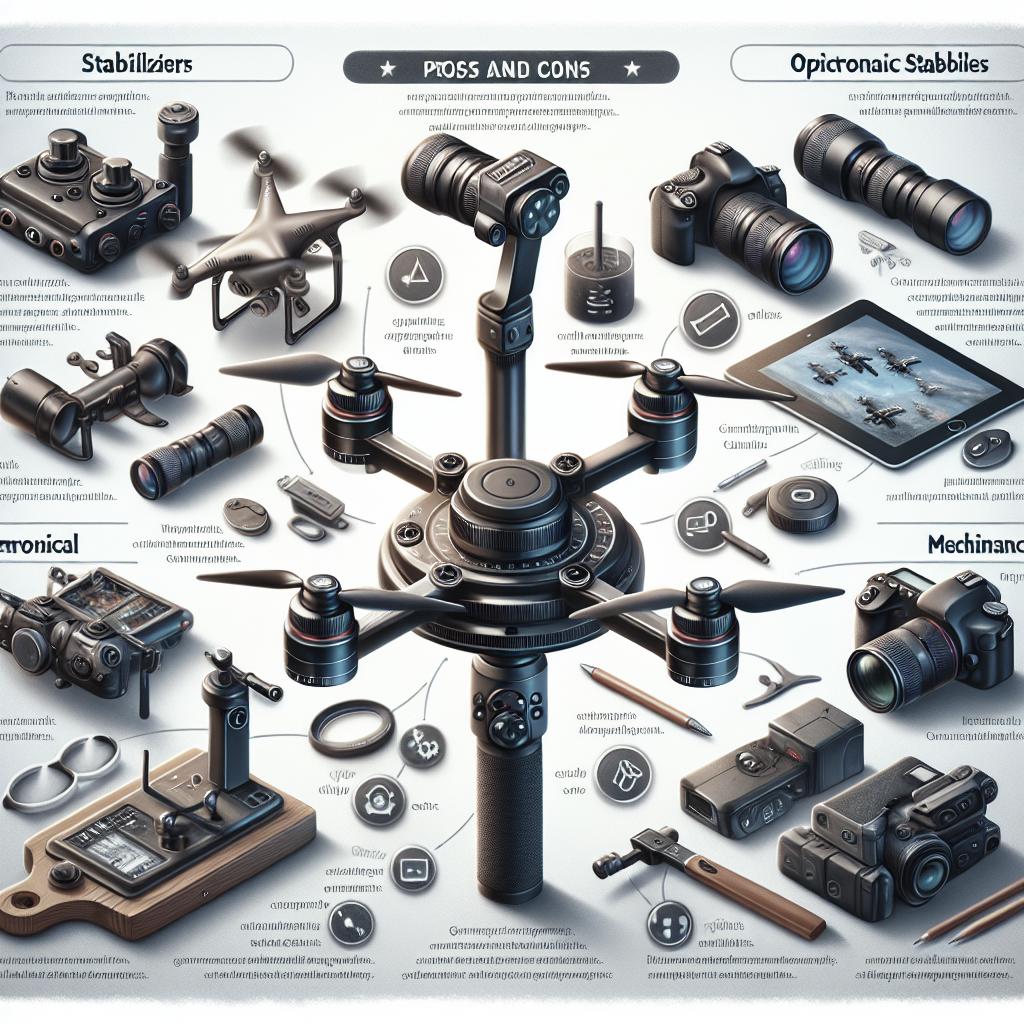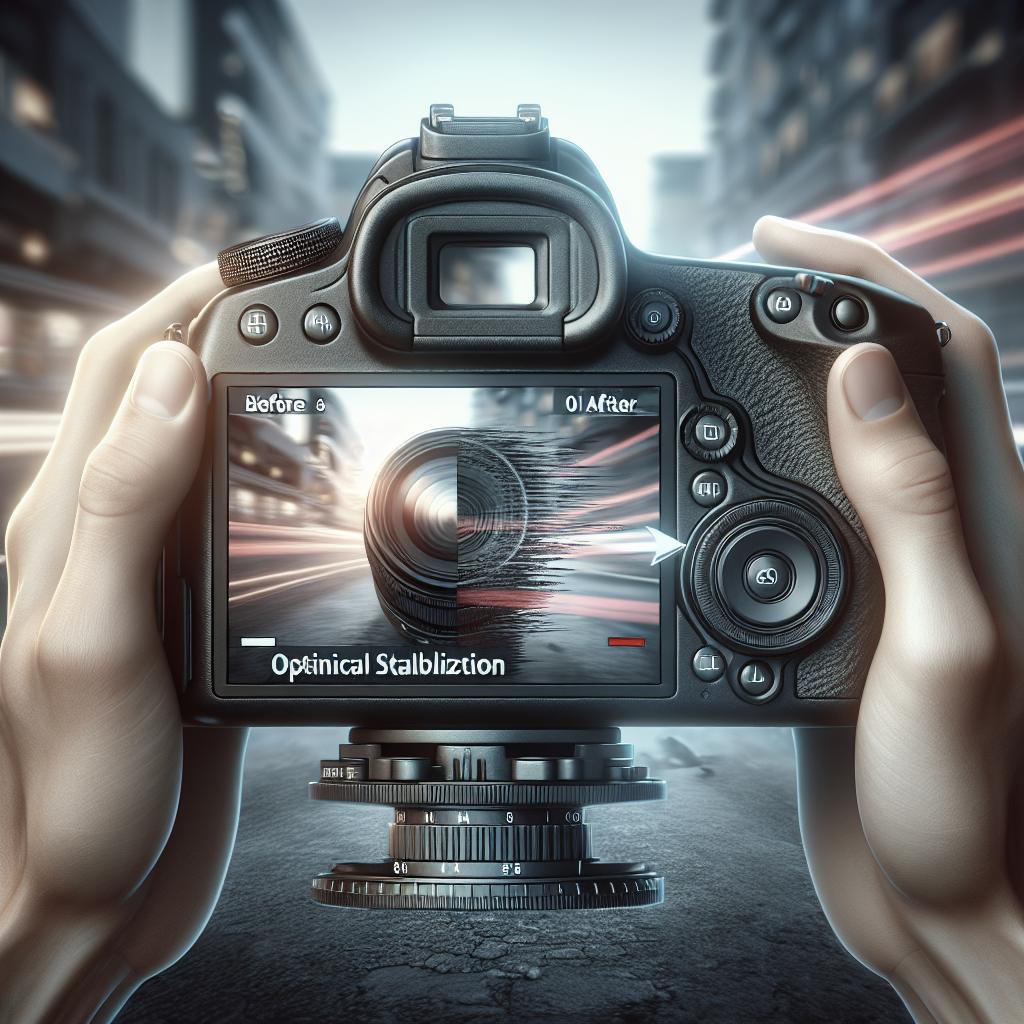“`html
Understanding the Pros and Cons of Different Embroidery Stabilizer Types
In the world of embroidery, stabilizers are a crucial component that defines the quality of the finished project. With different stabilizers available in the market, choosing the right type can be overwhelming. In this blog post, we will explore the pros and cons of various embroidery stabilizer types, assist you in selecting the right brand, and explain why stabilizers are essential to embroidery success. We will delve into the details of tear away, wash away, cut away, and mesh cut away stabilizers. Moreover, we’ll touch on embroidery toppings and round up our discussion with a user-friendly table for quick reference. Whether you’re a novice or an experienced embroiderer, understanding these essentials will take your craft to the next level.
What Brand Of Stabilizer Should You Use?
Choosing the right brand of stabilizer can significantly impact your embroidery results. While there are numerous brands available, quality and innovation often separate the top performers from the rest. Industry favorites such as Floriani, Sulky, and Pellon have established themselves as reliable choices, providing a wide array of stabilizers for every project need. They offer detailed instructions and support, making it easy for even beginners to achieve professional-level results.
However, it’s important to consider your personal requirements, including the type of fabric, the complexity of the design, and machine compatibility when selecting a brand. Look for brands that offer versatility and have a proven track record of customer satisfaction. Additionally, experimenting with sample packs can help you identify which stabilizer works best for your specific embroidery projects.
Why Is Stabilizer So Important?
Stabilizers are vital in embroidery as they provide the necessary support and structure to fabrics, preventing them from puckering or stretching during the embroidery process. This ensures that designs come out smooth, crisp, and professional-looking. Without a stabilizer, even the most precise stitching might be ruined due to fabric distortion, making stabilizers indispensable to successful embroidery work.
Beyond fabric integrity, stabilizers play a role in providing longevity to the embroidery. They help to maintain the artwork’s shape and form even after multiple washes or usage. This means taking the time to carefully select the right stabilizer not only impacts the immediate appearance of the embroidery but also its durability and how it ages over time.
The Main Types of Embroidery Stabilizers and When to Use Them
1. Tear Away Embroidery Stabilizer
Tear away stabilizers are perfect for projects that require less support and are stitched on stable woven fabrics such as cotton. They’re easy to remove, as they can simply be torn away after stitching without leaving any residue or altering the fabric’s feel. This makes them ideal for designs with a low stitch count or for projects where the back of the design will be visible.
The main advantage of tear away stabilizers is their ease of use and clean removal. However, they are generally unsuitable for stretch fabrics and detailed designs with a high stitch count, where more stability is necessary.
2. Wash Away Embroidery Stabilizers
Wash away stabilizers are unique because they dissolve in water, leaving no trace behind. This is particularly useful for projects where the stabilizer must not interfere with the final texture, like lace works or free-standing embroidery pieces. When the embroidery is complete, the fabric is simply rinsed in warm water to dissolve the stabilizer completely.
The advantage of wash away stabilizers is their ability to maintain a fabric’s aesthetic and tactile qualities without leaving any backing. However, they may not be suitable for moisture-sensitive fabrics and can sometimes be challenging to remove thoroughly in dense stitching areas.
3. Cut Away Embroidery Stabilizers
Cut away stabilizers are one of the most stable options available, offering exceptional support to delicate and stretchy fabrics like knits and jerseys. These stabilizers remain in the fabric after embroidery, ensuring long-lasting support and preventing the design from losing its shape over time.
While cut away stabilizers provide excellent support, they can be more challenging to remove, as they need to be trimmed around the design. This extra effort is worthwhile for people seeking durability and stability, especially for projects expected to endure a lot of wear and washing.
Mesh Cut Away Stabilizer
Mesh cut away stabilizers strike a balance between toughness and finesse. They offer stability while being softer and lighter than traditional cut away stabilizers, making them perfect for delicate garments requiring a softer finish.
These stabilizers provide excellent support for activewear and thin fabrics, but like cut away stabilizers, they require careful trimming. Their mesh construction helps avoid bulk, ensuring the embroidery remains comfortable against the skin.
Embroidery Toppings
Embroidery toppings are thin materials placed on top of the fabric to enhance stitching details, particularly on nap or pile fabrics like towels and velvet. They prevent stitches from sinking into the fabric, ensuring the design is prominent and clear. Toppings can be removed easily after stitching by tearing or washing away.
Using toppings can significantly improve the appearance of intricate designs. While they add an extra step in the embroidery process, they are essential for achieving a polished and professional finish, particularly on textured fabrics.
Guide Conclusion: You Need All 3 Types of Embroidery Stabilizer
While each stabilizer has distinct advantages, a comprehensive embroidery toolkit should include tear away, wash away, and cut away stabilizers. Each type serves specific purposes, and having a range available allows you to adapt to different projects, fabrics, and design complexities.
The key to achieving beautiful and durable embroidery lies in understanding when and how to use each type of stabilizer. By familiarizing yourself with their unique attributes and best-use practices, you can ensure every embroidery project reflects skill and professionalism.
Share This Story
If you found this guide helpful, please share it with fellow embroidery enthusiasts! Spread the knowledge and help others achieve stunning embroidery results.
Leave A Comment Cancel reply
Have thoughts or experiences with embroidery stabilizers? Share them below! Your insights and tips can assist others along their embroidery journey.
Final Thoughts:
| Stabilizer Type | Usage | Pros | Cons |
|---|---|---|---|
| Tear Away | Stable woven fabrics | Easy removal | Not suitable for stretch fabrics |
| Wash Away | Lace works, moisture-sensitive projects | No trace after wash | Challenging on dense areas |
| Cut Away | Delicate and stretchy fabrics | Long-lasting support | More effort to remove |
| Mesh Cut Away | Activewear, thin fabrics | Soft, less bulky support | Careful trimming needed |
“`


